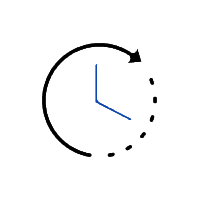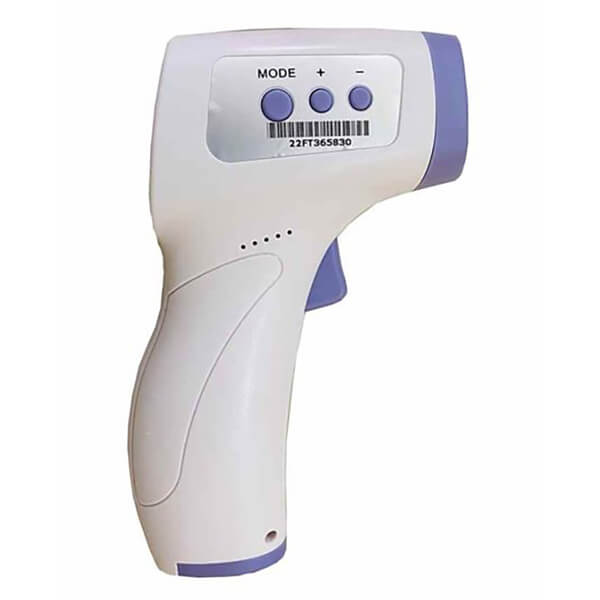Trueview Pulse Oximeter
Accurate And Reliable
- Quickly And Accurately Determine Your SpO2 (Blood Oxygen Saturation) Levels
- Determine Your Pulse Rate And Measure Your Perfusion Index
Display
- Dual Color, Multidirectional Oled Display For Best Viewing Angle And Vibrant Colors With Graphical Representation
Power
- Low Power Consumption, 20 Hours Continuous To Work. Automatic Power Off When No Signal
Warranty
- 1 Year warranty from date of purchase if items get defective without mishandling by user
Product Information
In Stock
M.R.P. : ₹ 1999
Deal of the Day: ₹ 700
(Free delivery + Inclusion of all taxes)
Note*: This price is applicable for atleast 25 quantity (for less than 25 quantity price will be Rs 850)
Quantity
Contact Details

No Contact Delivery

On Time Delivery

1 Year Warranty
Frequently Asked Questions
What is a pulse oximeter?
A pulse oximeter is a small, lightweight device that monitors the amount of oxygen transmitted into the body. It also determines the pulse rate. Pulse oximeter is a convenient and painless method of keeping an eye on a person’s arterial oxygen saturation and heart rate.
Can ambient light interfere with pulse oximetry readings?
Yes, ambient light containing the red spectrum may interfere with accurate readings from the oxygen saturation monitor. Light from heat lamps and phototherapy lights has been reported to skew the readings. The high intensity of light emitted from these sources masks the small changes in light transmission from the probe. The remedy is to shield the probe from the ambient light by black paper (e.g.carbon paper) or black polythene or aluminum foil.
What are pulse oximeters used for?
Pulse oximeters provide regular observation and monitoring of the oxygen saturation of haemoglobin in arterial blood. These devices are generally used in hospitals, medical clinics, operating rooms as well as in homes for patients suffering from asthma, COPD (chronic obstructive pulmonary disease) and congestive heart failure. Individuals with serious respiratory issues should have their SpO2 (or saturation of peripheral oxygen) level checked on a regular basis.
How does a pulse oximeter work?
A pulse oximeter just needs to be clipped on to your fingertip. The probe passes two types of light through the finger – infrared and red. These are transmitted from the probe through the body and into a light detector on the other side. If the haemoglobin is saturated with oxygen then it will absorb more of the infrared light and if there is less oxygen then more of the red light will be absorbed. This is converted into a digital value which is displayed on the pulse oximeter’s screen.
How can I determine the accuracy of the pulse oximeter?
Most pulse oximeters have a visual representation of the pulse intensity as well as a digital display of the pulse. The pulse display should be within three beats per minute of the display on the cardiac monitor. The bar pulse display or pulse waveform must cover half of the total display for an accurate reading. Differences greater than this will not reflect accurate oxygen saturation values because the probe is not detecting the arterial pulsations adequately or accurately.
